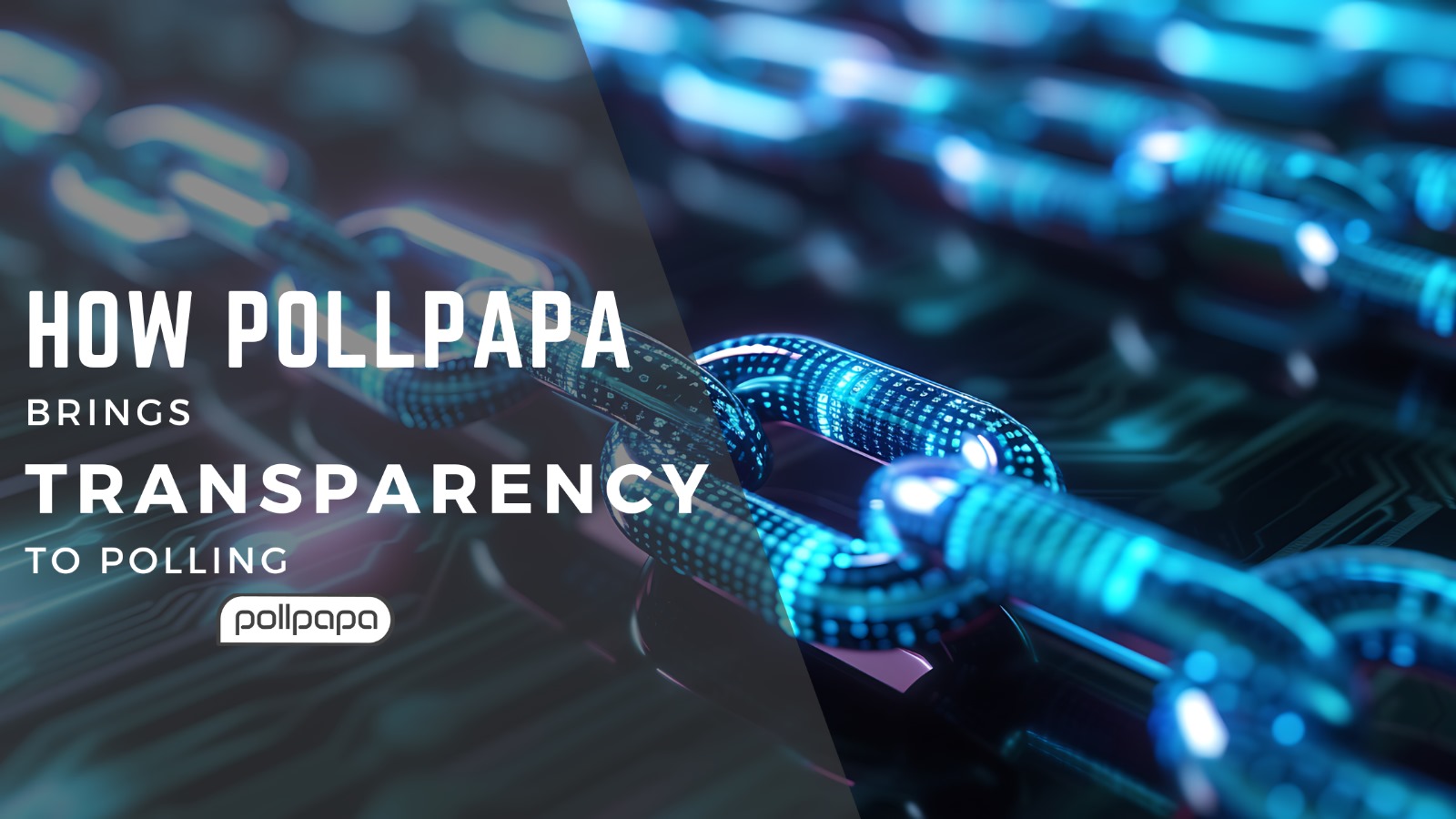AI and predictive analytics stand out as groundbreaking developments with the potential to reshape our understanding of collective sentiments. These technologies are enabling us to transcend traditional methodologies and step into a more informed, data-driven future.
Should we, or should we not?
Traditional polls have always aimed to capture the public’s mood at a given time, essentially a snapshot that quickly becomes outdated. With predictive analytics, we now have the ability to forecast shifts in public opinion, even before they surface. By sifting through vast amounts of historical data, paired with current socio-economic and demographic factors, AI-powered systems can generate models that predict future trends. This capability is invaluable for a myriad of sectors, from political campaigns to market research, offering them a strategic edge.
Yet, one of the persistent challenges in polling has been inherent biases. Every poll, regardless of its methodology, introduces certain biases, be it from selection, wording, or response rates. AI emerges as a solution here. Sophisticated algorithms, trained on diverse data sets, can detect patterns that suggest bias, automatically making adjustments to offer a more balanced representation. For instance, if responses from a particular age group are consistently underrepresented, AI can identify this skew and weight the overall results to reflect a more accurate sentiment.
Beyond numbers, the voice of the people often lies in their words. AI’s Natural Language Processing (NLP) capabilities enable the analysis of open-ended responses, traditionally a labor-intensive task. Through NLP, AI can categorize sentiments, identify common themes, and even gauge the intensity of emotions in textual feedback. Such analysis not only supplements quantitative data but also enriches it, painting a more comprehensive picture of public sentiment.
One of the most exciting prospects of integrating AI into polling is the creation of adaptive surveys. Imagine a survey that evolves in real-time, tailoring its questions based on the respondent’s previous answers. Such dynamic polling ensures that every respondent’s voice is genuinely heard, delving deeper into specific perspectives and ensuring richer, more nuanced data collection.
While the infusion of AI in polling demands an upfront investment, both in terms of technology and expertise, the dividends it promises are significant. From cost savings through automated data processing to gaining real-time, nuanced insights that can guide policy, marketing, or campaign decisions, the return on investment can be substantial.
In essence, the fusion of AI and predictive analytics with polling marks a paradigm shift in public opinion research. As we continue to harness the power of these technologies, we inch closer to a reality where the voice of the people is not just heard but understood, predicted, and respected.






